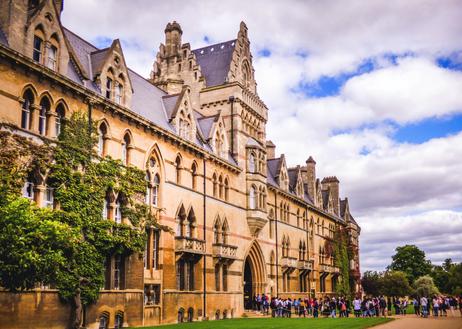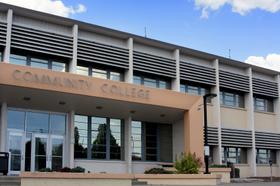A new study finds that a growing number of adjunct professors could be contributing to low completion rates at community colleges across the state of Massachusetts. The study, which was conducted by the Massachusetts Teacher Association, failed to make a direct correlation between adjunct faculty and low completion rates. However, those involved in the study, as well as others in the community college population, agree that adjunct professors simply don’t have the time or resources to help students succeed the way full-time professors can.
More Adjunct Faculty Seen Statewide
The study, titled, “Reverse the Course: Changing Staffing and Funding Policies at Massachusetts Community Colleges,” found that less than one-third of courses taught at community colleges in the state are taught by full-time faculty members. According to the MTA website, that number has been steadily declining since the 2004-2005 school year, when it was 34%. Today, that number is more like 28%.
During the same time, the study found that only around 17% of students enrolled in community colleges across the state successfully completed their degree programs. The dismal number was limited to first-time community college students who failed to earn a two-year degree within three years. Researchers attributed the low rates to a growing number of adjunct faculty members.
“This practice of failing to expand the state-funded faculty in favor of Division of Continuing Education (adjunct) faculty contributes to the problem of low student outcomes,” the report was quoted as stating at the






















